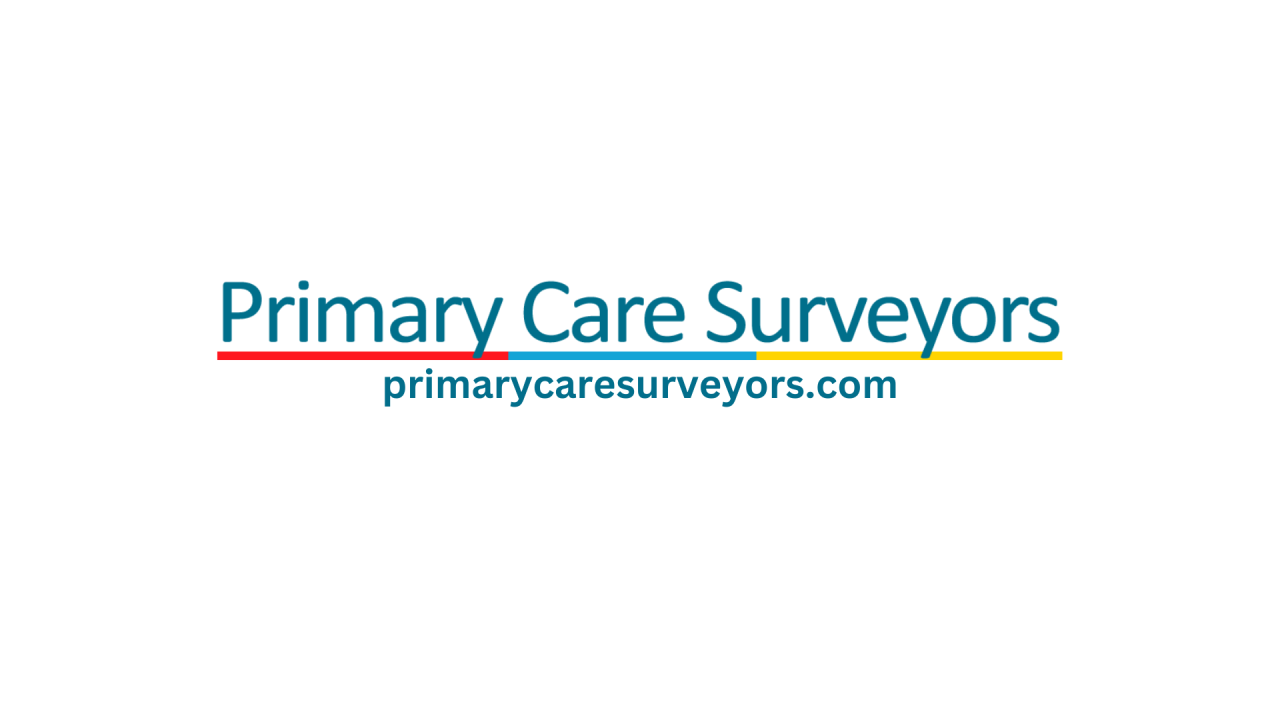
The much awaited Premises Directions were finally issued on 10 May 2024 and came into force with immediate effect. I set out some of the key changes:
1. Whilst the Directions make reference to the District Valuer, this can now be an alternative appointed valuer so this does give scope for NHS England or ICBs to appoint a valuer of their choosing.
2. Improvement works have been substantially amended with it now being possible to secure an improvement grant of up to 100% of the cost. The period of the abatement has been revised with the maximum abatement period now being 18 years. Improvement grants can also be used to fund “fit out works” although this has more explicit reference which is more of a matter of tidying up. Interestingly, the Premises Directions now make reference to a guaranteed minimum period of use.
3. The Directions now make scope that where there is an improvement grant that NHS England can seek recovery of this if the property is no longer used as a surgery for the minimum guaranteed period of use.
4. Improvement grants can now be used to fund the purchase of land and/or premises to provide primary care services (the latter may explain the reference to fit out works).
5. Car parking arrangements have been slightly modified. Previously the Directions specifically excluded the inclusion in notional rent/reimbursed rent of car parking spaces where the access/egress of spaces that required the removal of other vehicles (i.e. tandem spaces). The new Directions now allow NHS England to consider the funding of such car parking spaces where this restriction is inappropriate.
6. The reference that any works that are undertaken to reduce the environmental impact of premises remains, e.g. the installation of solar energy systems, air conditioning, etc. are to be excluded although this has now been modified so that these can be the subject to funding if the contractor can satisfy NHS England that those improvements provide a net financial benefit to the Health Service.
7. Where practices are purchasing land, it is now possible for the GP practice to request reimbursement of stamp duty land tax (SDLT) on acquiring land or premises.
8. There is now reference to PFI and LIFT, which is perhaps slightly unusual given that PFI has to date not applied within the primary care sector and no new LIFT schemes have been approved for some years now.
9. Top up Rents: These have been relied on by the NHS in recent years as a way to fund new premises whilst seeking to avoid creating a higher benchmark for surgeries that will filter down to other properties when it comes to rent reviews for those other properties. Under the previous Directions, top-up rents were meant to be limited to areas of deprivation. The reference to deprivation has now been removed, resulting in top-up rents likely to be the way that new premises are to be funded.
10. Rent reviews. A major change to note for both practices that own their premises and those that lease their premises, is that when NHS England (or ICB) notify the practice of the proposed Current Market Rent/Notional Rent (CMR6 or CMR4 letters) that this must be responded to within 12 weeks. It is stated that NHS England must not reimburse the Current Market Rent unless the contractor has notified NHS England that they accept or rejects the proposed rent as detailed in the CMR4 or CMR6 letter.
A fundamental change to this is that at first glance it seems a positive change in that a Memorandum is not required in the first instance, however, on further reading the process for leased premises may now become more convoluted when it comes to rent review. The practice is to appoint their own surveyor and that surveyor is to provide to NHS England (or ICB) the following:
- Details of the proposed rent.
- Evidence of negotiation.
- NHS/ICB will then instruct the District Valuer to approve or otherwise the proposed rent.
It is now stated that neither NHS England nor the ICB may negotiate directly with the landlord or the landlord’s surveyor, however, the NHS England is to invite the landlord to make representations as to the proposed rent.
11. VAT. When taking a new lease, practices are to seek an undertaking from the landlord not to waive the exemption to VAT (i.e. to make the property subject to VAT). If it is agreed that the property is to be subject to VAT, then the ICB is to reimburse VAT.
Conclusion
Overall, the new Directions have tidied up some anomalies that were from the previous Directions and have improved matters when it comes to improvement grants both in terms of the quantum of the improvement grant but also what the improvement grant may be used for.
The rent review process is now given greater clarity, or at least for notional rent (when practices own their surgery) notably the 12 week deadline to respond to the CMR4 or CMR6 letter as issued by the ICB. For practices who lease their premises and the landlord has commenced the rent review, the process is now slightly more involved than was previously the case and new anomalies have been created.
I was surprised there were certain omissions, notably that there is no reference to Energy Performance Certificates (EPCs) but this may be consistent, if outdated, in that works to improve the environmental performance of the property are still to be excluded from funding (apart from exceptional circumstances) which seems to contradict trends towards sustainability and net zero carbon.
Whilst the Directions may be clear on the rent review process and the process for approving new leases for premises, no specific mention is made of the lease renewal process. This is unfortunate since there are many lease renewals currently in hand with more occurring in forthcoming years, yet there is no stated procedure for how these are to be conducted.
Adam Thompson

